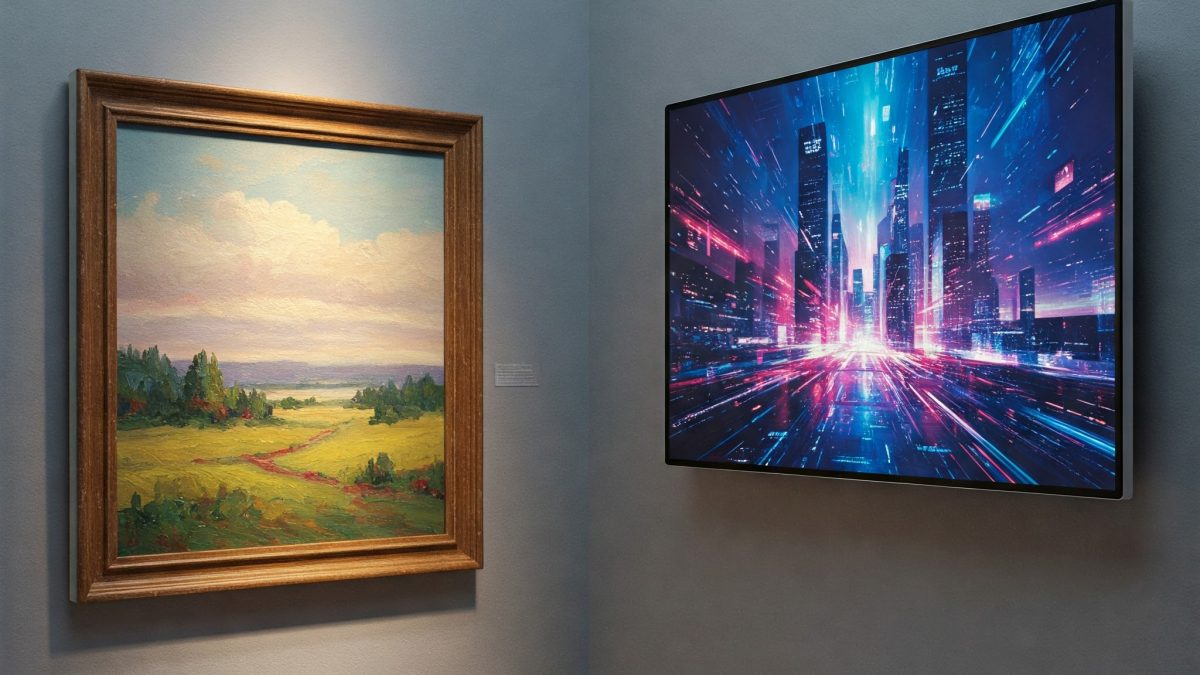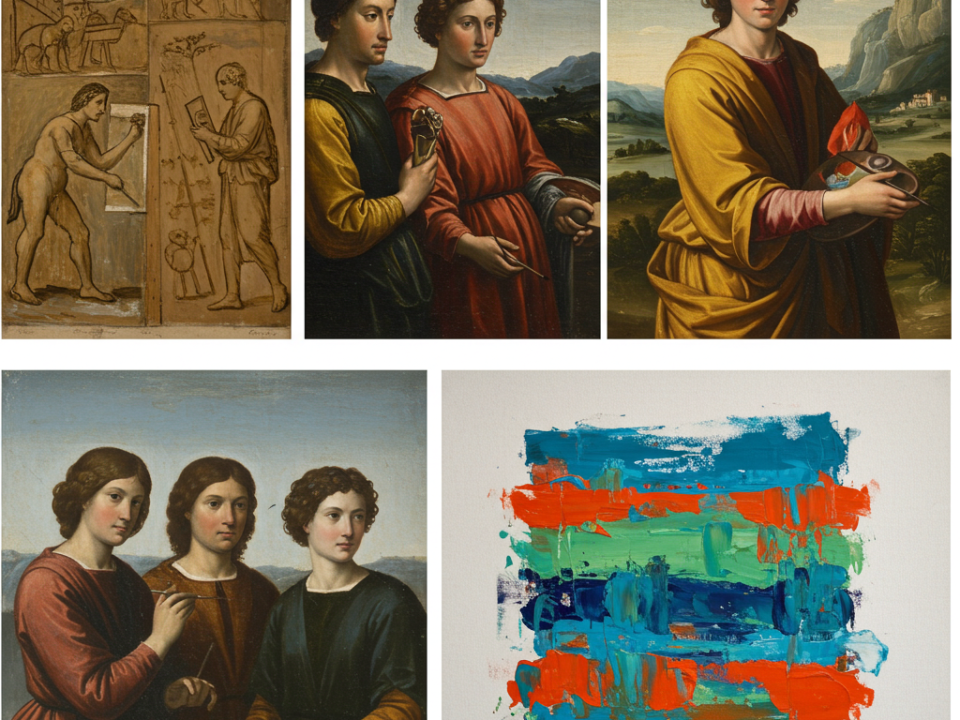
The Transformative Power of Canvas Art in Shaping Interior and Commercial Spaces
May 6, 2025The canvas art market, a dynamic and multifaceted ecosystem, is currently undergoing a significant transformation driven by technological advancements, shifting consumer behaviors, and a renewed global interest in artistic expression. This comprehensive analysis explores the current trends shaping the market, the challenges it faces, and the exciting opportunities that lie ahead for artists, collectors, galleries, and online platforms operating within this evolving landscape.
One of the most significant trends in the contemporary canvas art market is the increasing democratization of access for both artists and buyers. The proliferation of online art marketplaces and digital galleries has broken down traditional geographical barriers, allowing artists from around the world to showcase their work to a global audience. This digital revolution has empowered independent artists and emerging talents to bypass the traditional gatekeepers of the art world, connecting directly with potential buyers and fostering a more diverse and inclusive market. For consumers, online platforms offer an unprecedented level of choice and convenience, enabling them to discover and purchase unique canvas artworks that align with their individual tastes and budgets, regardless of their physical location.
Technological innovations are also playing a crucial role in reshaping the production and consumption of canvas art. High-quality digital printing techniques have made art more accessible by allowing for the creation of affordable reproductions and the transfer of digital designs onto canvas with remarkable fidelity and durability. This has opened up new avenues for artists to monetize their digital creations and for consumers to own high-quality versions of their favorite artworks. Augmented reality (AR) and virtual reality (VR) technologies are also beginning to impact the market, offering immersive ways for potential buyers to visualize artworks in their own spaces before making a purchase and for artists to create interactive and engaging experiences.
However, this digital transformation also presents challenges. Issues related to copyright infringement, the authenticity of online artworks, and the need for secure online transactions are critical concerns that the market must address. The rise of Non-Fungible Tokens (NFTs) as a means of verifying ownership and authenticity in the digital art space offers a potential solution, but its long-term impact on the traditional canvas art market remains to be seen.
Sustainability and ethical production practices are increasingly becoming important considerations for both artists and consumers in the canvas art market. As environmental awareness grows, there is a rising demand for artworks produced using sustainable materials, such as ethically sourced canvases and non-toxic, low-VOC paints. Artists and galleries that prioritize eco-friendly practices are not only contributing to a more sustainable future but also appealing to a growing segment of environmentally conscious buyers.
The traditional gallery model continues to evolve in response to these changes. While online platforms offer broad reach, physical galleries still provide a crucial space for experiencing art firsthand, fostering personal connections between artists and collectors, and offering expert curation and authentication services. Many galleries are now adopting a hybrid approach, combining their physical presence with online platforms to expand their reach and engage with a wider audience.
Looking ahead, the canvas art market is poised for continued growth and transformation. The demand for unique, personalized, and meaningful artworks is likely to increase as consumers seek to express their individuality and connect with art on a deeper level. This presents significant opportunities for artists who can create compelling and authentic work, as well as for platforms and galleries that can effectively connect artists with buyers in a transparent and trustworthy manner.
The future of the canvas art market will likely be characterized by a greater integration of technology, a stronger emphasis on sustainability and ethical practices, and a continued blurring of the lines between the physical and digital realms. As the market evolves, it will be crucial for all stakeholders to adapt to these changes, embrace innovation, and prioritize authenticity and trust to ensure the continued vitality and growth of this vibrant and essential part of the cultural landscape.




